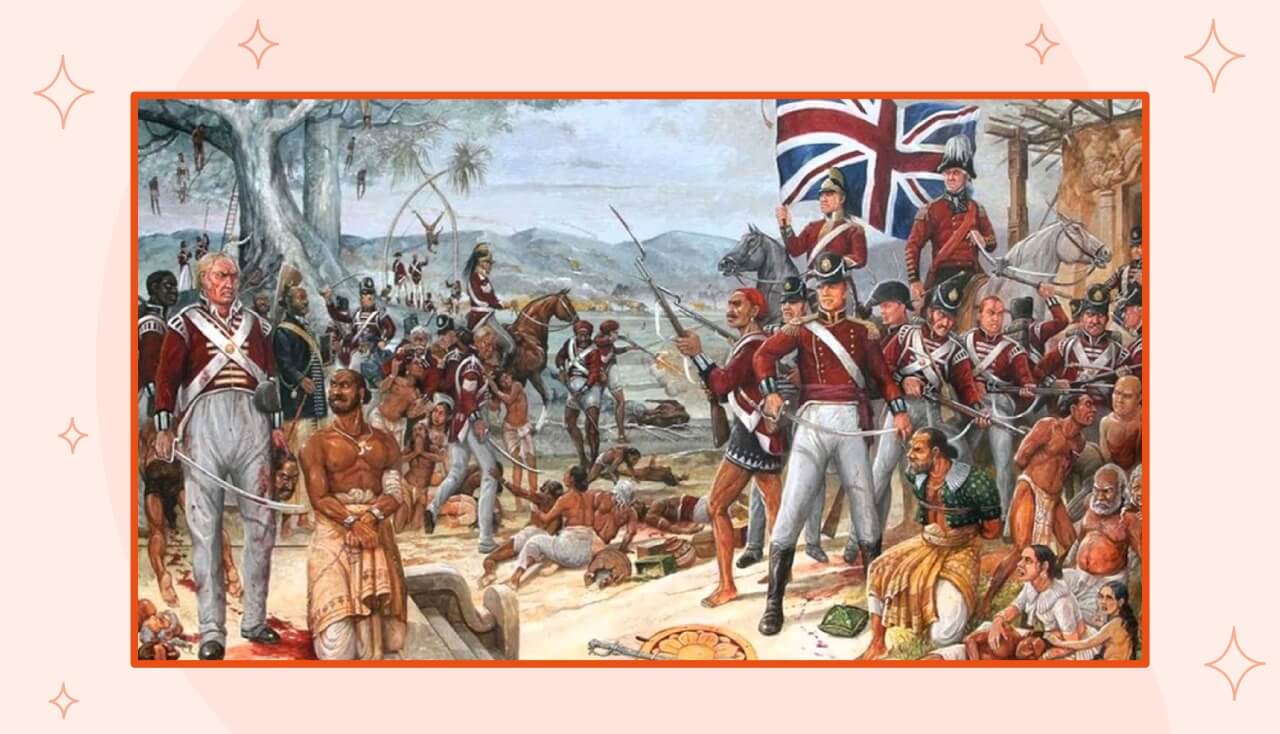Blogs
The Bioscope - The Rise of Uprising

10th May 1857. Meerut. It was a quiet Sunday morning. The Sun was setting unsuspectingly over the horizon. Most of the European officers of the Meerut cantonment were preparing to attend church. The European soldiers were off duty. Some of them had gone into canteens, others strayed the bazaar in Meerut. Suddenly, the dust rising from under the feet of the sepoys of the 3rd Bengal Light Cavalry covered the sky ominously. What followed is a glorious history known as the Revolt of 1857.
The great empire, where the sun never set, was eclipsed by the determination of a handful of soldiers who marched towards Delhi singing the song as the anthem of the rebels-
Ham hain iske malik,
Hindostan hamara.
Pak watan hai kaum ka,
jannat se bhipyara…
(We are its owner, Hindustan is ours.
Our nation is sacred, dearer than heaven,
World is aglow with the light of its soul,
How old, how new, best of all world,
Our very own, Hindustan is ours.)
Look at this opening sequence of Shyam Benegal’s classic TV series based on Jawaharlal Nehru’s Discovery of India, popularly known as Bharat ki Khoj. https://www.youtube.com/watch?v=D9xxnzfODE8
This marching song written by Azimullah Khan during the 1857 revolt is considered as the first song that envisioned what we know as the modern India today. Azimullah was a fascinating character of 1857 revolt. Rescued as a starving boy from the famine of 1837-38, he rose to become the Prime Minister to Nana Sahib, the adopted son of the late Peshwa Baji Rao II.
Cawnpore (today known as Kanpur) played a major role in the revolt of 1857. Nana Sahib appealed to both Hindus and Muslims to unite for the freedom struggle. Azizan Bai, a courtesan, is a very respectable name who played a stellar role in the uprising of 1857. She used to dress in male attire, decorated with medals and ride on horses armed with pistols. She had made her headquarters in one of the gun batteries in the north of Wheeler’s entrenchment which fired shots and shells almost from the first day of the siege. When caught by the Britishers, General Havelock offered her forgiveness if she confessed. Azizan preferred martyrdom. Such was the spirit!
The revolt of 1857 saw some other great women playing a heroic role. Begum Hazrat Mahal, one of the begums of the ex-king of Awadh, took up the leadership of the revolt. When during that time everyone after fighting a long battle finally gave up their weapons in front of the British, Begum Hazrat Mahal continued her fight as an undefeated spirit.
Jhalkari Bai is another illustrious general who was a prominent advisor to the queen and served in the women's army of Rani Lakshmibai of Jhansi. When the forte of Jhansi was besieged, Jhalkari Bai fought the East India Company army impersonating as the Queen to allow the Queen to escape safely. Her life and heroism may have been buried in the dust of history but for the lively oral memory preserved in the Bundeli folklores even today.
We teach the revolt of 1857 in various classes, but some of the aspects mentioned above hardly get attention. It is largely because textbooks focus on the ‘grand narrative’, omitting the marginal ones like these. However, when students are introduced to these ‘out of syllabus’ episodes, we get their interest and attention. While exploring these interesting but forgotten aspects of the great revolt, students develop an engaged curiosity. They not only understand the dynamics and the nature of 1857 better, but they also develop a deeper understanding of the historical event itself.
Here, we suggest a few original, authentic and interesting project work ideas for the summer vacation:
https://drive.google.com/file/d/11g7NiyYV6gja6lYu14nMd9JN-HNS0PyU/view?usp=sharing





